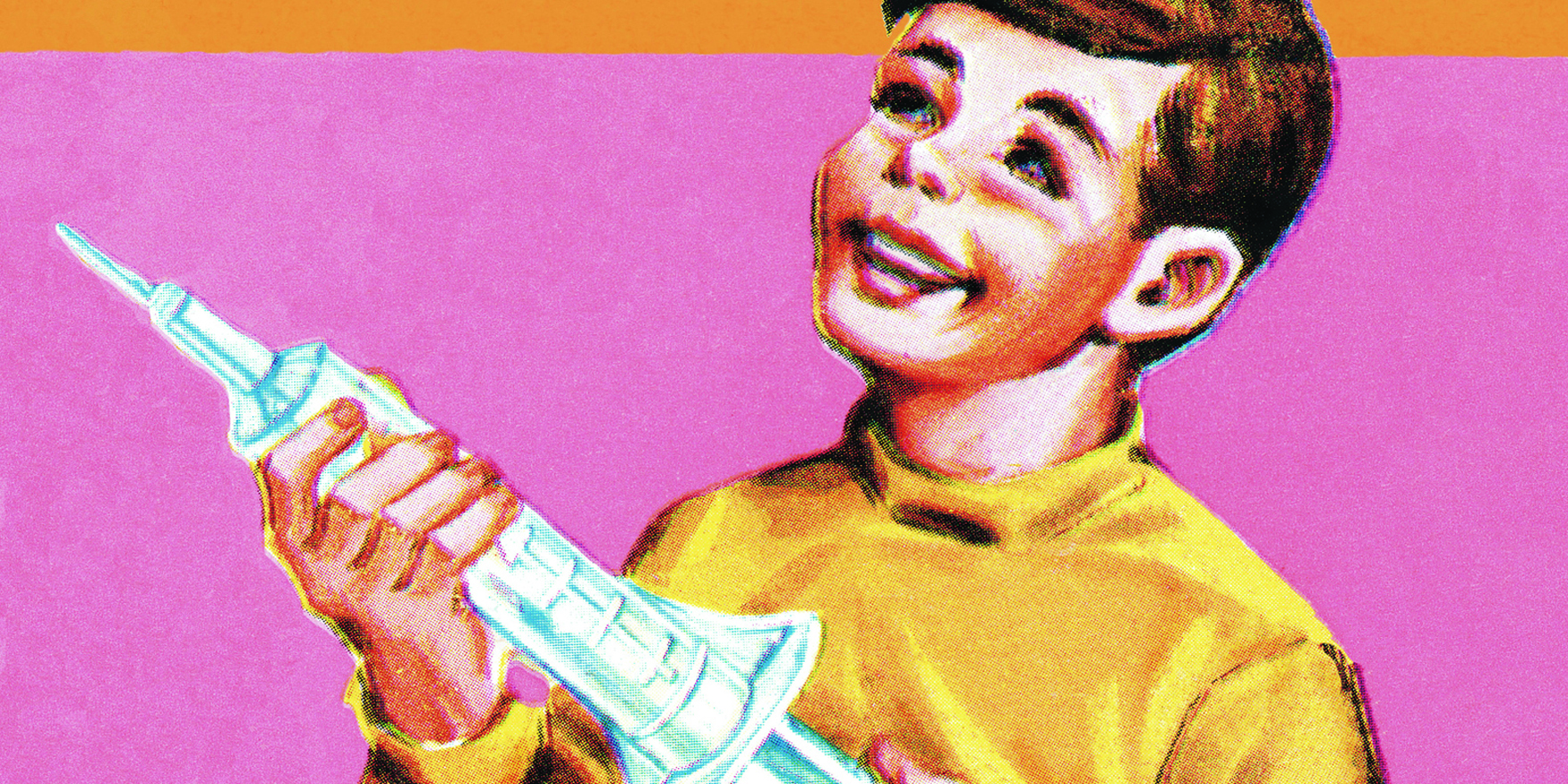Healthy children under five years of age are not being vaccinated for flu – and they should be
Contrary to popular belief, healthy children between six months and five years of age need the flu vaccine just as much as children with co-morbidities.
Hospital admissions for paediatric flu in 2017 were predominantly from previously healthy children, not children with underlying chronic illnesses, the latest FluCAN data shows.
“Co-morbidities were present in around 30% of children less than six months of age who were admitted to hospital with the flu. This increased to 55% to 60% in children aged five to 15.”
“The message really needs to be out there to vaccinate all kids over the age of six months, not just those with underlying chronic illnesses,” Dr Margie Danchin, a general paediatrician and senior research fellow at Murdoch Children’s Research Institute, said.
The FluCAN data is not yet publicly available, but was presented by Dr Danchin at the Influenza Specialist Group annual scientific meeting in Melbourne this month.
FluCAN (The Influenza Complications Alert Network) was established by Monash Health in 2009. It collects data from more than 15 hospitals across Australia.
Only 5% of healthy children were getting the flu vaccine, compared with 20-25% of children with co-morbidities, the data showed.
The low vaccination rates were more likely due to ignorance on the part of providers rather than anti-vaccination sentiment among parents, Dr Danchin said.
“It is incredibly difficult to get a consistent message out there,” she said. “Even within my own hospital [I overhear] elevator conversations between sub-specialists who say, ‘Healthy children don’t need the flu vaccine’.”
Some parents presenting to hospital with severely ill children during last year’s flu season told Dr Danchin their GPs had turned them away when they requested the flu vaccine.
“That’s not meant in any way to criticise GPs but … this is a really important message that we struggle to get across to providers and to parents,” she said.
Another factor affecting the rates of flu vaccination was the cost. In states that did not fund the flu vaccine each dose cost parents around $20.
“There are families that have four kids under the age of nine and, if it’s the first year they get the vaccine, that is eight doses and that does have a significant financial impact,” Dr Danchin said.
It is recommended that children between six months and nine years of age have two doses of the flu vaccine one month apart in the first year, and one dose each year thereafter.
NSW has become the third state to fund the flu vaccine for children under the age of five this year, joining Queensland and Western Australia.
From April, around 400,000 children aged between six months and five years will be eligible for free flu shots in NSW. The quadrivalent flu vaccine will cover two A strains and two B strains.
The new funding was a response to last year’s “horror” flu season, NSW Premier Gladys Berejiklian said. The 2017 season was the worst in Australia since the 2009 pandemic.
There was a substantial increase in the proportion of paediatric flu cases, with more than 12,000 confirmed cases of influenza in children under five.
“There are going to be a lot of questions asked this year of us by parents as to why three states are funded and three states are not funded,” Dr Danchin said. “And it is going to be very difficult to answer that question.”


